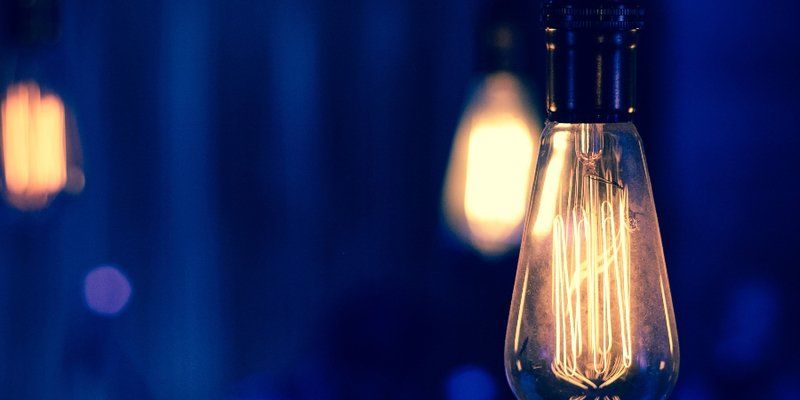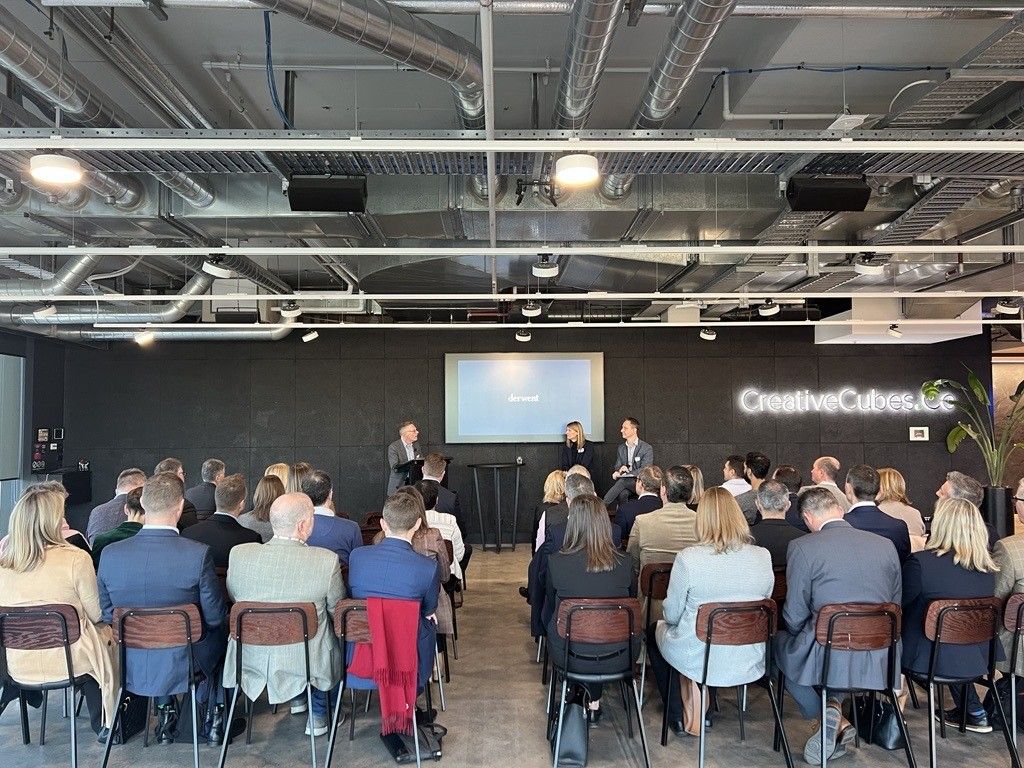News
“Digital Growth – It’s a People Thing” with Simone Carroll and Rod van Onselen

Derwent had the pleasure of hosting an executive forum “Digital Growth – It’s a People Thing” with guest speakers Simone Carroll and Rod van Onselen.
Organisations that succeed in driving growth and transformation are the ones that get the people strategies right. There are critical people elements to consider when leading growth and a more sustainable digital future – these include developing the right operating model, organisational structure, aligning the right capability to the structure, and establishing optimal ways of working.
Facilitated by Lindsay Every, Derwent’s Group Managing Partner and Digital Practice Lead, Simone and Rod provided excellent insight into the importance of leadership and talent in achieving digital growth objectives.
Key takeaways from the discussion included:
- The current economic climate and constraints on resources are shifting the way businesses are driving digital transformation.
- The criticality of the leadership and organisational structure to the success of digital growth.
- The need for ongoing investment in people, technology and brand, which are all interdependent.
- Customer proposition is of course central; however, leaders must be brave, and provide a safe environment to navigate politics so teams can be autonomous and aligned to drive growth.
The state of digital and opportunities for growth
- There is some confusion in the executive's world around how to think about digital strategy within both traditional and digital pure play businesses, with digital ownership and accountability constantly crossing the lines between commercial and technical roles.
- When considering digital strategies and the potential for AI disruption, adoption in Australia is lagging.
- There’s a pullback in a willingness to invest hard at this point in time, with digital optimisation as equally prevalent as genuine technology transformation.
- For smaller businesses, investment in digital has typically covered the low hanging fruit, with a focus on doing the basic things right to get up the curve. Those who have invested heavily are starting to see the fruits.
- The case for generative AI – how do we become more productive and efficient? Working faster, better, easier and with more insight. Tech enabled change is a differentiator to drive growth and gain competitive advantage.
Optimisation vs transformation
- You’ve got to do both. Both incremental and large-scale changes are required to drive progress.
- The board and executive need to be able to genuinely see the impact of strategic decisions and investments, so the delivery of capabilities and experiences must be visible.
Critical factors for digital growth
- The customer proposition is the central priority – are we meeting their expectations (“the delivered customer experience”) or are we willing to invest to change customer behaviour? This differs depending on whether you’re a disruptor, fast follower, or established market leader. Customer experience needs to be easy and intuitive – customers will take the path of least resistance.
- Assess the capability and talent of the executive team. Embedding outstanding leaders is the first step to building a digital capability, as individuals are ultimately the ones who make the calls on digital strategy.
- CEO buy-in is crucial for digital transformation. There is often a disconnect between the understanding of the necessary investments and what it takes to enact change.
- Innovation can be stifled by internal politics, and employees must feel safe with technology and prevent fear of obsolescence.
- Investing in people, technology, and brand, as these elements are interdependent.
The people elements for success in digital transformation
- Great digital talent can have a demonstrable impact on bringing others up the curve. Digital transformation begins with hiring top talent, as the highest percentile digital leaders have a disproportionate impact on the rest of the team and organisation. Once the talent is in place, teams should be set up for success with minimal handoffs and hurdles, and there should be clear alignment on the mission, KPIs and architectural blueprints.
- Setting up teams for success – creating highly autonomous and highly aligned teams, united on their mission, targets, ways of working, and connectivity. External consultants and providers can be at odds with the alignment of internal plans and goals.
- Create psychological safety and reimagine what’s possible. Get people to feel safe using technology to progress the business forward, and develop and brand and culture that fosters the right innovation and mindset.
- Be a champion of the purpose. Reinforced at every stage of the employee journey and connected to the decisions and strategy.
- Leadership must be brave enough to fund digital initiatives and have difficult, ego-free conversations about what is needed to stay ahead of the curve. While the core of the business remains unchanged, digital leaders must focus on capturing fast-moving consumer trends particularly while most competition is lagging.
Share this article
Recent Articles



Sydney
Level 21
123 Pitt Street
Sydney NSW 2000
Australia
sydney@derwentsearch.com.au
Melbourne
Level 28
360 Collins Street
Melbourne VIC 3000
Australia
melbourne@derwentsearch.com.au
Perth
Level 29
1 Spring Street
Perth WA 6000
Australia
perth@derwentsearch.com.au
Brisbane
Level 19
10 Eagle Street Brisbane
Brisbane QLD 4000
Australia
brisbane@derwentsearch.com.au
Sydney
Level 21
123 Pitt Street
Sydney NSW 2000
Australia
+61 2 9223 1855
sydney@derwentsearch.com.au
sydney@derwentsearch.com.au
Melbourne
Level 11
350 Collins Street
Melbourne VIC 3000
Australia
+61 3 9691 1333
melbourne@derwentsearch.com.au
melbourne@derwentsearch.com.au
Perth
Level 15
240 St Georges Terrace
Perth WA 6000
Australia
+61 8 9282 5250
perth@derwentsearch.com.au
perth@derwentsearch.com.au
Canberra
The Realm
18 National Circuit
Barton ACT 2600
Australia
canberra@derwentsearch.com.au
Brisbane
Level 19
10 Eagle Street Brisbane
Brisbane QLD 4000
Australia
+61 2 9223 1855
brisbane@derwentsearch.com.au
canberra@derwentsearch.com.au
Canberra
The Realm
18 National Circuit
Barton ACT 2600
Australia
+61 2 9223 1855
canberra@derwentsearch.com.au
Derwent





